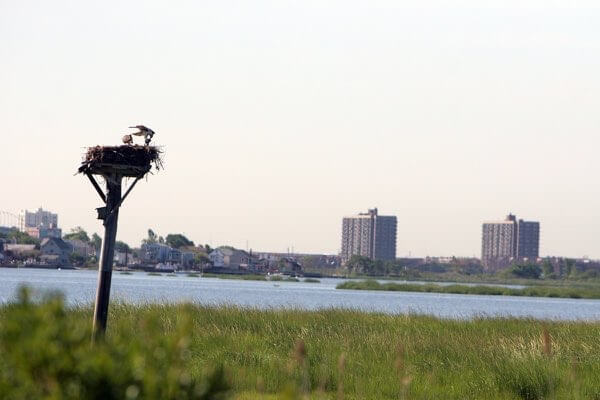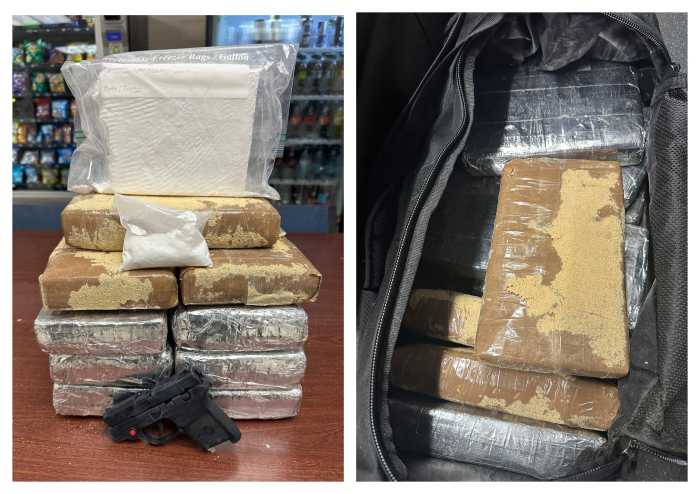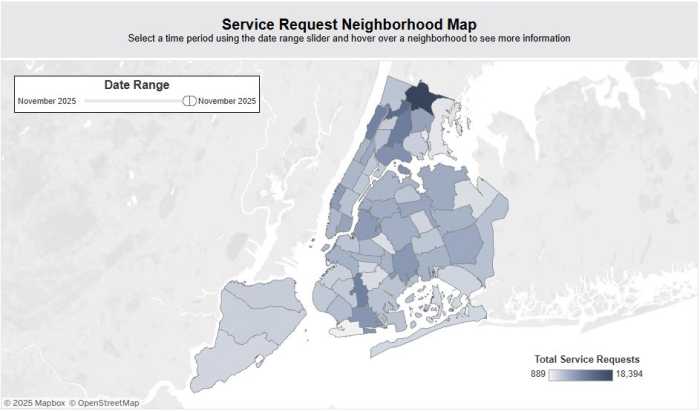By Patrick Donachie
More than 10,000 trees and shrubs will be planted in the Jamaica Bay Wildlife Refuge this week to respond to damage done by Hurricane Sandy. The project will be conducted in partnership with the Nature Conservancy, the National Parks Service and the Jamaica Bay-Rockaway Parks Conservancy.
“It’s incredible to see the changes Jamaica Bay has undergone since Hurricane Sandy struck four years ago,” Emily Nobel Maxwell, director of the Nature Conservancy’s New York program, said. “This project is an excellent opportunity to steward one of our most important natural areas, and it has the potential to inform the management of coastal parklands citywide and beyond, helping us better adapt to the impacts of flooding, sea level rise and severe storms.”
More than 400 volunteers were expected to take part in the planting. The Nature Conservancy intends to plant 30,000 trees and shrubs by the project’s end early next year. Volunteers also intend to remove invasive vegetation from the refuge, which is a part of the Gateway National Recreation Area.
The new trees and shrubs could help increase wildlife habitation in the area and can also act as the means to help the area recover more rapidly in the event of a future storm. Part of the Conservancy’s efforts are intended to repair damage that occurred when saltwater from Jamaica Bay poured into West Pond, which is freshwater. As the project nears completion and after the last trees are planted, teams will continue to monitor the site to determine its health. To do so, they will survey pollinators, vegetation, soil and birds making a home or resting for a time in the refuge.
The wildlife refuge is part of a migration route that stretches from the Arctic to South America, and is a bird sanctuary for more than 330 bird species. The planting conducted by the volunteers this week will offer birds in the midst of migration better food options during the course of their flight.
Funding for the project came from a capital investment donation by the Jamaica Bay-Rockaway Parks Conservancy and funding from the NPS.
“Improving our ability to recover from future floods can make us better neighbors, and improving the habitat will make us an even better refuge,” Jen Nersesian, the superintendent of the Gateway national Recreation Area, said.
Reach reporter Patrick Donachie by e-mail at pdona





































